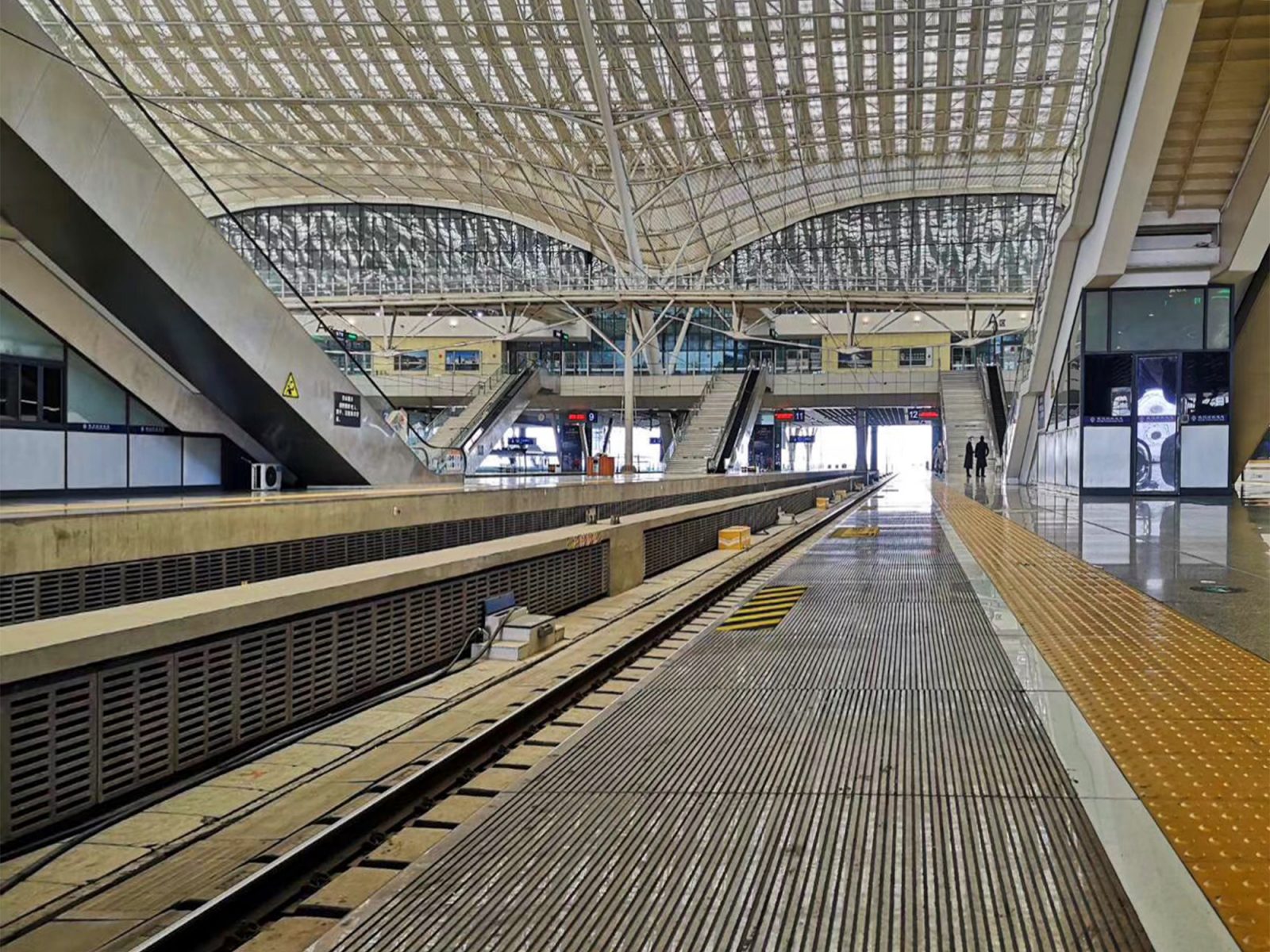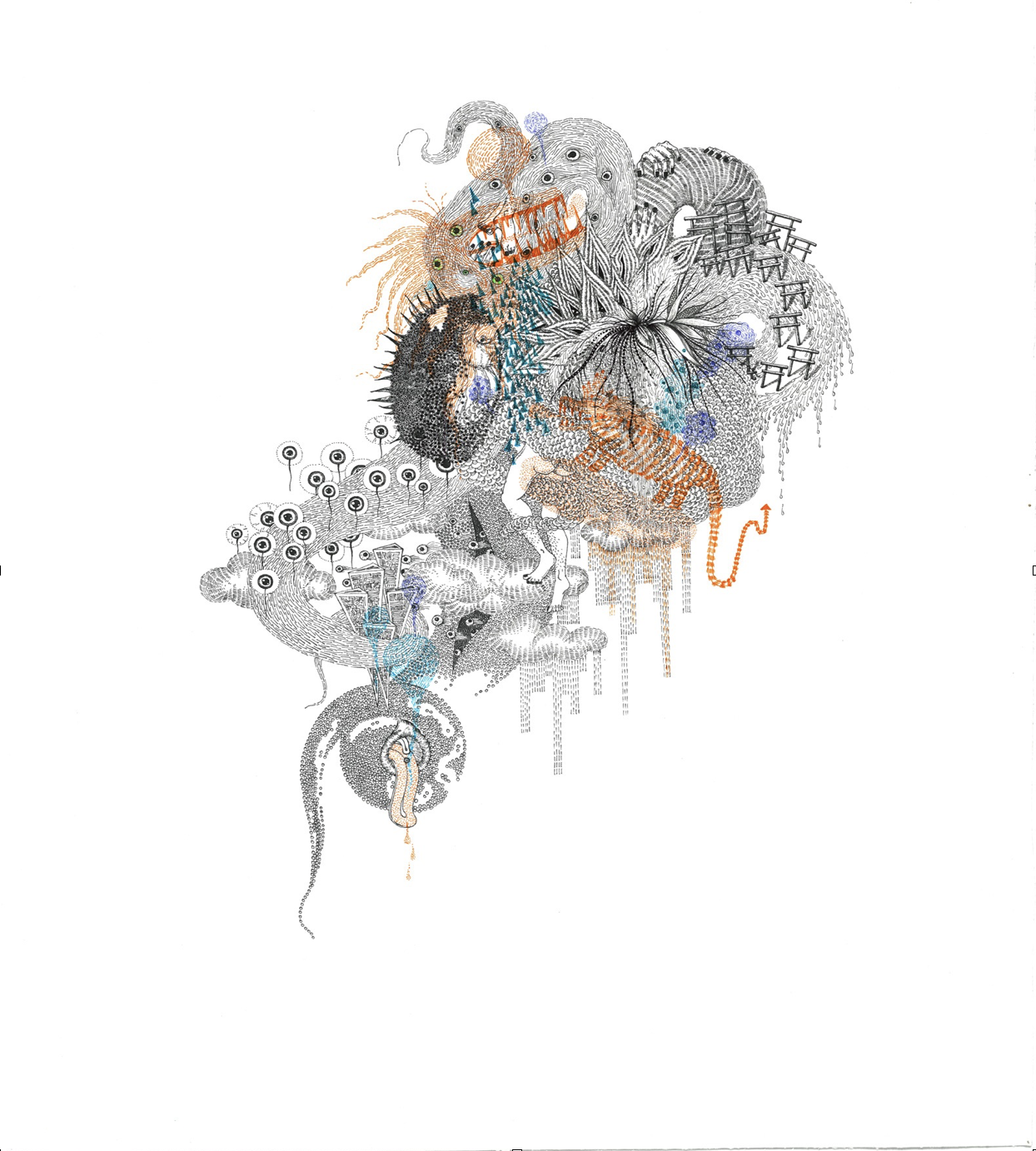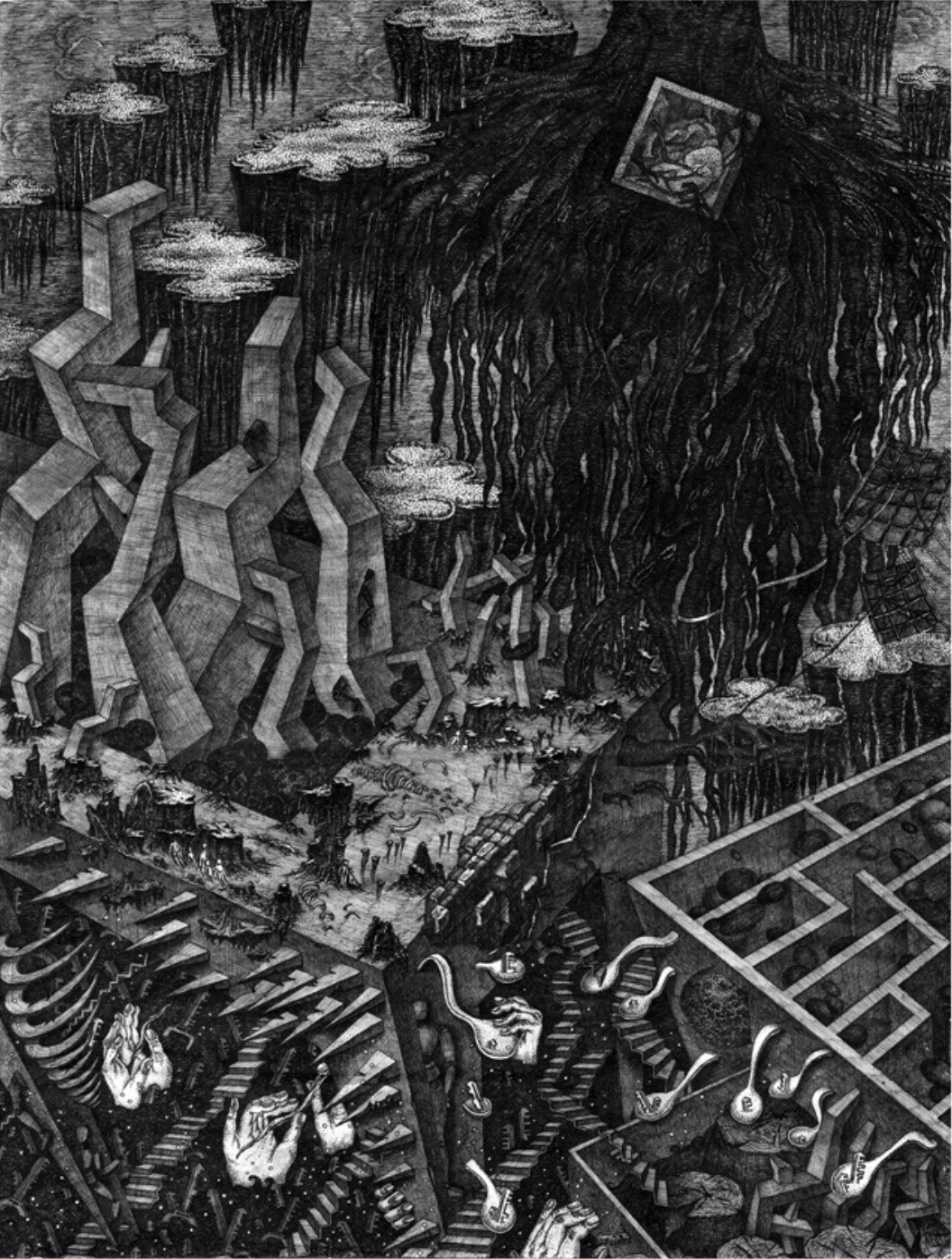Words By Mu Beini at 31/03/2020, translated by Aimin Liu.
From the beginning of the epidemic to the end of January, Wuhan shut down the whole city. For me, life did not change that much as I paint and work mostly from home.
 City of Wu Han, after shut down.
City of Wu Han, after shut down.
 Empty Bullet Train Station
Empty Bullet Train Station
Besides, I had previous experience of disasters, the Tohoku earthquake and the nuclear disaster in Japan in 2011. Following these events, I ended up at home for more than a month. With this previous experience, I felt very calm as we encountered the epidemic. My close friends would joke that I would be the last person to take the epidemic seriously. Also, maybe my character is more pessimistic. I believe in fate and that people’s lives and deaths are already pre-determined. Irrespective of whether you panic or not you will not change your fate. So, I would rather stay calm and work on how to protect my family and try to live fruitfully every single day. Fortunately, the simple pleasures of life in a small family of three makes my life quite satisfying and reassuring.
 Overgrown communal garden in our residential district.
Overgrown communal garden in our residential district.
 Spring is here. When the sun came out, people in the flats took their quilts out on the balcony.
Spring is here. When the sun came out, people in the flats took their quilts out on the balcony.
Since the residential district restrictions on people going out, the management of our building has been very responsible and well organised. Such as – there is a shopping platform for door-to-door delivery, distribution of free food, offers of postal services and haircuts and so on. My thanks go to those who have been working in the front line in property management, to the volunteers and the party members. I’m grateful in my heart for what I’ve seen and for what I’ve experienced. I broke into tears when I watched Chinese medical workers fighting with soldiers on the front line of Corvid-19 on TV. However, as an ordinary citizen, the only thing I could do to help was to stay at home.
 During the epidemic, I draw pictures, read books and check my phone every day.
During the epidemic, I draw pictures, read books and check my phone every day.
 Every day, the family of three stays at home with the cat and waits for the summer, and has been waiting quietly for more than 2 months.
Every day, the family of three stays at home with the cat and waits for the summer, and has been waiting quietly for more than 2 months.
During the epidemic, my students and I drew a set of fight-epidemic postcards for the Hubei Red Cross. These drawings have already been printed and should be published nationwide when the epidemic is over. They are the record I made during the epidemic and I hope they make a small mark in history.
 Wu Han’s train station welcome the first group of people since the epidemic broke out.
Wu Han’s train station welcome the first group of people since the epidemic broke out.
 New work by Mu Beini.
New work by Mu Beini.
All the images’ copyright belongs to the artist Mu Meini.
One of the talented emerging Chinese artists whose work we’ll be exhibiting at The Affordable Art Fair in Battersea, London next week is Mu Bieni. We caught up with her to hear her own interpretation of a few of her works.

MOMO》系列作品创作诠释
Interpretation of the works of “MOMO” series:
 Image: “MOMO 2”, 55 x 50cm, Offset Lithography
Image: “MOMO 2”, 55 x 50cm, Offset Lithography
It is generally believed that an artist’s ability to express lies in being attracted by visual things and using their instincts to grasp and communicate their essence. My own desire, however, has gradually shifted to adapt the medium of painting; by using this visual format, I work to express the endless accumulation of human emotions that are invisible to our eyes. I don’t know when, but at some point, my creations all began to relate to the theme of “emotion”. The “MOMO” series of works are all experimental drawings based on this “emotional diary”.
With the shift of generations, no matter who you are, it is easy to record the current lifestyle at any time. However, no matter how superior the performance of technology is, it is difficult to record the immediate emotional activities of people. Therefore, I am more interested in extracting factors that can be visualised from the records of daily life, and then express them in an imaginary and illusory way.
In daily life, there are many emotions that are entangled in things and ties. In all sorts of accidents and locks, we live each day and write different stories. I chose those inexplicable fragments that impressed me, digested and reinterpreted them, and then released them. I took the inconsistencies and ghosts felt in this process and reflected them in my work. Although the original form of things and emotions may not exist anymore, I tried to give them new names in a psychedelic way. Let them be the source of my creative ideas and become the mirror of emotional reflection. It may be that I am very interested in people’s deep psychological emotions. I hope that through the visual expression of painting, through the way of appealing to the viewer’s perceptual cognition, we can express our common emotions such as sorrow and sadness, and even beyond. Personal experiences such as infatuation, surprise, jealousy and other complex feelings can be experienced in this way.
《西藏生死书》系列作品创作诠释
Interpretation of the series of works in “The Tibet Book of Living and Dying”:
 Image: “The Tibetan Book of Living and dying”, 45x 35cm, Offset Lithography
Image: “The Tibetan Book of Living and dying”, 45x 35cm, Offset Lithography
The series of prints, “The Tibet Book of Living and Dying”, is an illustration of a book created for the religious story of the same name. This book explores how to recognise the true meaning of life and how to accept death correctly. After reading this book on serious life issues, I have incorporated myself into the creation of an independent life in nature and an understanding of one’s life and death. The works are complicated and simple in expression. Starting from the point of the picture – like the spring silkworms are silky – little by little, gradually spreading the imagination of life and death into a whole picture.
We look forward to presenting Mu Beini’s works at the Affordable Art Fair in Battersea from March 7-10. Please use code “ARTCHINAHP” to purchase half-price tickets and come and see us at stand J3!
 City of Wu Han, after shut down.
City of Wu Han, after shut down. Empty Bullet Train Station
Empty Bullet Train Station Overgrown communal garden in our residential district.
Overgrown communal garden in our residential district. Spring is here. When the sun came out, people in the flats took their quilts out on the balcony.
Spring is here. When the sun came out, people in the flats took their quilts out on the balcony. During the epidemic, I draw pictures, read books and check my phone every day.
During the epidemic, I draw pictures, read books and check my phone every day. Every day, the family of three stays at home with the cat and waits for the summer, and has been waiting quietly for more than 2 months.
Every day, the family of three stays at home with the cat and waits for the summer, and has been waiting quietly for more than 2 months. Wu Han’s train station welcome the first group of people since the epidemic broke out.
Wu Han’s train station welcome the first group of people since the epidemic broke out. New work by Mu Beini.
New work by Mu Beini.

 Image:
Image:  Image:
Image: